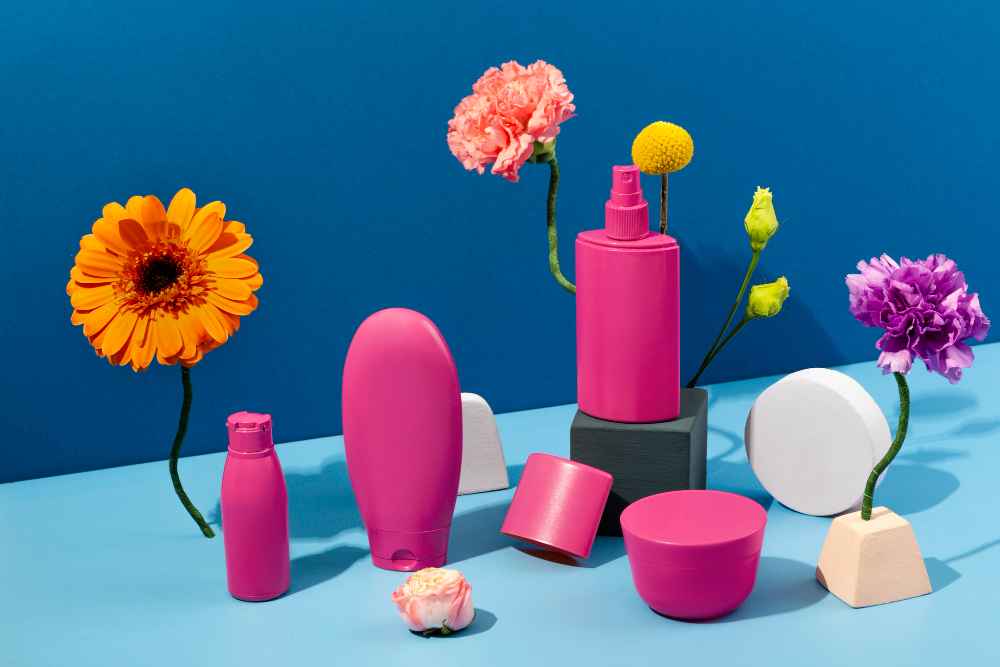It’s a hands-on, idea-driven degree that blends creativity, technology and problem-solving. If you’re curious about how things work and how they could work better, Product Design could be the ideal path for you.
What You Study
Product Design degrees typically combine creative thinking with technical and practical skills. You’ll cover:
Design Foundations:
-
Sketching and ideation – communicating design ideas visually
-
3D modelling – using CAD tools like SolidWorks, Rhino or Fusion 360
-
Prototyping and model-making – from hand tools to 3D printing
-
Human-centred design – focusing on user experience and ergonomics
-
Sustainable and ethical design
-
Design thinking and innovation methods
-
Materials and manufacturing processes
Additional Topics May Include:
-
Branding and product identity
-
Packaging design
-
User interface (UI) and interaction design
-
Market research and consumer trends
-
Creative entrepreneurship
-
Working to industry briefs
You’ll usually spend lots of time in:
-
Workshops and fabrication labs
-
Computer suites using 3D software
-
Studio-based projects and critiques
-
Group collaborations with engineering, business or marketing students
Useful A-Levels (or equivalent qualifications)
Entry requirements vary, but a strong creative and technical background is important. Useful subjects include:
-
Design Technology
-
Art and Design
-
Graphic Communication
-
Product Design or 3D Design (if available)
-
Maths or Physics (especially for more technical design courses)
BTECs in Art & Design, Engineering or Creative Practice are widely accepted. A portfolio is usually required to show your creativity and development process.
What Makes a Strong Application
To stand out:
-
Submit a portfolio that includes:
-
Sketches, design ideas and product concepts
-
Models or prototypes you've built (physical or digital)
-
Projects showing how you approached a design problem
-
Evidence of research, testing and iteration
-
-
Show genuine curiosity about how things are made and used
-
Mention influences — designers, brands, products or movements that inspire you
-
Reflect on design in your everyday life: what works, what doesn’t, and what could change
Career Prospects
Product Design leads to careers in a wide range of creative, technical and strategic industries. Graduates work across consumer goods, furniture, transport, healthcare, sustainability and more.
Career options include:
-
Product designer
-
Industrial designer
-
UX/UI designer (with further specialisation)
-
Packaging designer
-
Furniture or lighting designer
-
Design engineer (often with technical training)
-
Innovation or R&D consultant
-
CAD technician or 3D visualiser
-
Entrepreneur or design studio founder
Transferable skills include:
-
Creative problem-solving
-
Visual communication and presentation
-
Research and analysis
-
Technical and digital proficiency
-
Project planning and teamwork
Studying in the UK vs Other Countries
UK
-
Strong tradition of design education with industry-focused degrees
-
Top universities include Loughborough, Brunel, Northumbria, UAL (Central Saint Martins), and Glasgow School of Art
-
Courses often include industry placements and live client briefs
-
Blend of craft, digital and sustainable design thinking
USA
-
Offered through Industrial Design, Product Design or Innovation Design programmes
-
Emphasis on design thinking, human-centred innovation and entrepreneurship
-
Well-known schools include RISD, Pratt, Parsons and Stanford’s d.school
Canada
-
Product Design offered at universities and colleges (e.g. OCAD, Emily Carr, Humber)
-
Focus on sustainability, user experience and real-world applications
-
Co-op placements and links to design and manufacturing industries
Australia and New Zealand
-
Product or Industrial Design included in Design, Innovation or Creative Industries degrees
-
Strong focus on sustainability, materials and user-centred design
-
Leading design schools include RMIT, UTS and AUT
Europe
-
Excellent design education in countries like the Netherlands, Germany, Sweden and Italy
-
Many English-taught programmes in Product, Industrial or Strategic Design
-
Strong focus on design for sustainability and social impact
-
Often more affordable tuition than the UK or US
Final Thoughts
Product Design is ideal for students who:
-
Like to solve problems in creative and practical ways
-
Are hands-on thinkers with an eye for aesthetics and function
-
Want to design real things that people use and value
-
Enjoy working across art, science and business





